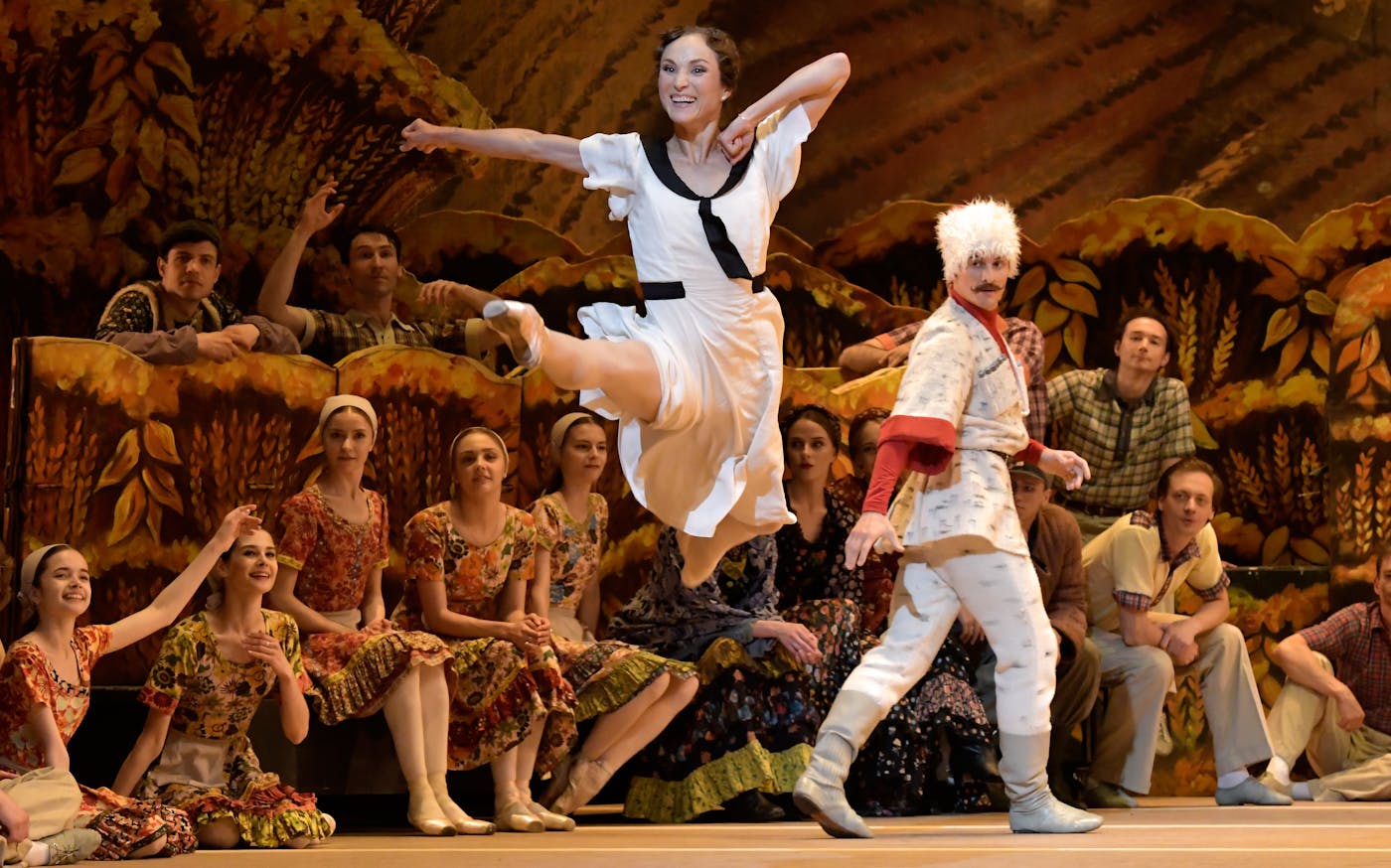Born in 1968, Ratmansky was raised in Kyiv by his mother, Valentyna, a psychiatrist, and his father, Osip, an engineer from a secular Jewish background. Alexei moved to Moscow to study at the Bolshoi Ballet School when he was 10, and, upon graduating, joined the Ukrainian National Ballet back in Kyiv. As a dancer, he developed a reputation for musicality, elegance, and a pure technique, and did stints with the national companies of Canada and Denmark. “He was inside the music,” one director said. “It’s so clean, it’s almost as if someone had washed each step,” said another. He began entering choreography competitions while dancing with the Royal Winnipeg Ballet, and in his early thirties stepped back from dancing to focus on choreography. Ratmansky landed in New York in 2009 as the in-house choreographer at American Ballet Theatre, and in August he moved across Lincoln Center Plaza to become artist in residence at New York City Ballet.
Ratmansky’s body of work, which spans around 100 ballets, draws on the many styles he assimilated as a dancer, from Russian bravura and folk dancing to Danish naturalism and American speed. He is as comfortable reworking a classic narrative ballet (he has made his own versions of Cinderella, Swan Lake, and Sleeping Beauty) and resuscitating old music (often by Shostakovich) as he is following his own instincts and commissioning contemporary composers. Humor, and even goofiness, are a hallmark of his work. The 2003 Bolshoi premiere of The Bright Stream marked the first time in 50 years that “the Moscow public laughed out loud at a classical ballet,” one Russian critic observed. His 2010 Namouna, a Grand Divertissement features a bevy of women inexplicably wearing swimming caps, as well as a solo for a cigarette-smoking femme fatale. His surreal, evening-length Whipped Cream (2017), which loosely follows the dreams of a boy who’s fallen into a food coma, is partly inspired by his wife’s fondness for cans of whipped cream.

The Bolshoi Ballet performed Ratmansky’s revival of the controversial Soviet ballet The Bright Stream at the Royal Opera House in London in 2019.
LEO MASON/POPPERFOTO/GETTY
His output has been prolific: At 55, Ratmansky has worked with pretty much every major company in the world. His boss at ABT, Kevin McKenzie, calls him a “creation junkie”; Harss portrays a man obsessed. “When he wasn’t in the studio working on one project,” she writes, “he was at home thinking about the next, and the one after.” His career has been marked by a willingness to buck trends—presenting story ballets when abstract work was in fashion; dipping into the Bolshoi’s archive of 1930s ballets, which risked being seen as Soviet kitsch; coaching elite dancers, who prided themselves on their athletic jumps and turns, in a subdued style of nineteenth-century ballet.